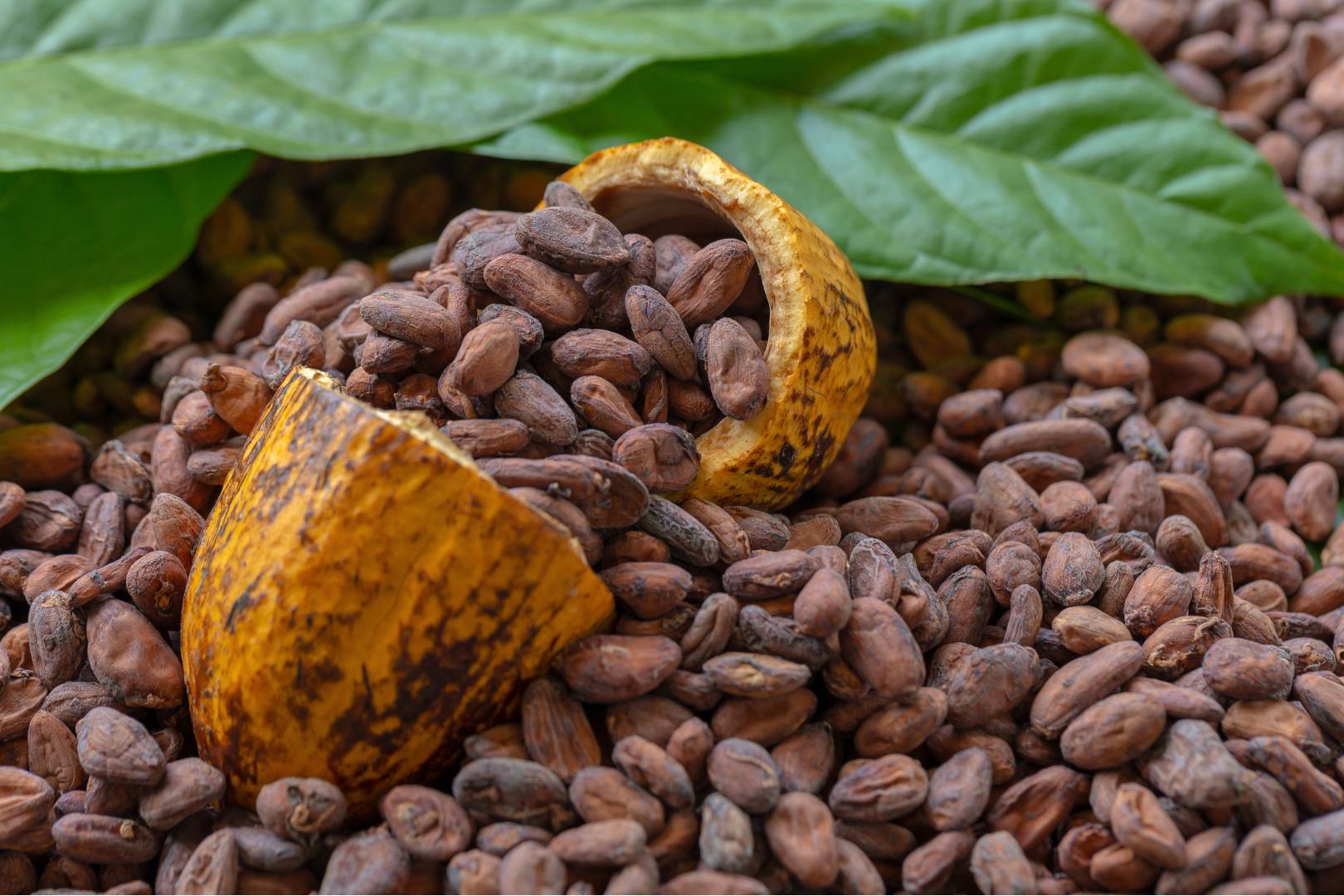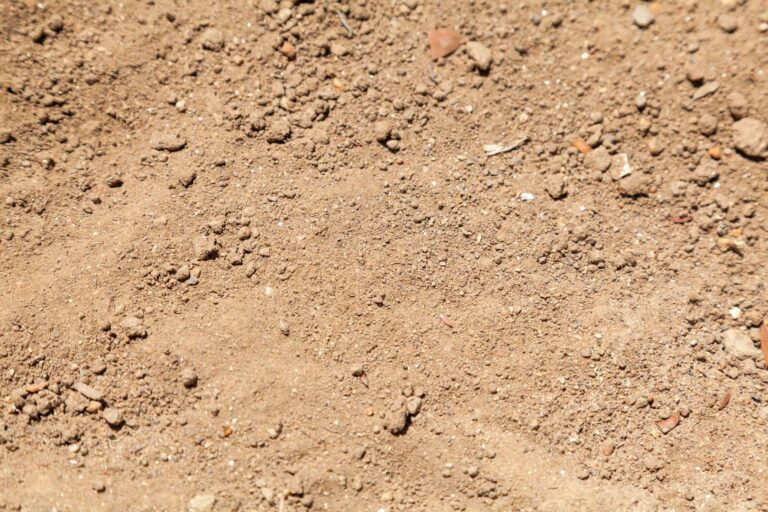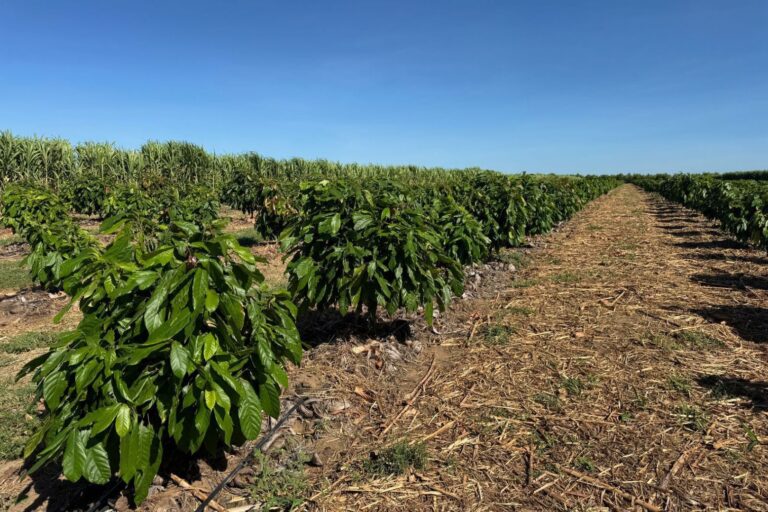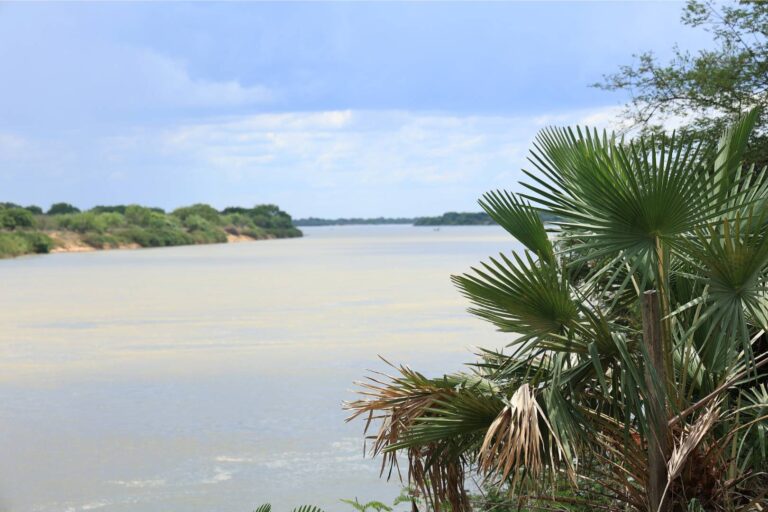O brasil é o berço do cacau, onde a planta teve origem na exuberante bacia Amazônica. Durante séculos, esta planta nativa prosperou na região, desempenhando um papel crucial no Brasil agrícola da identidade. Como o cacau cultivo de propagação, o Brasil se tornou um dos principais produtores globais de cacau. No entanto, o país enfrentou desafios significativos no final do século 20, quando as Bruxas' doença Vassoura devastaram a fazendas de cacau. Durante este período, países como Costa do Marfim e Gana ultrapassou o Brasil, em quota de mercado, deixando seu prósperas cacau indústria em declínio.
Hoje, o Brasil está experimentando um renascimento no cultivo de cacau. Agricultores, cientistas e inovadores estão colaborando para reanimar a indústria, misturando o conhecimento tradicional com o moderno, práticas sustentáveis. Este ressurgimento não é apenas sobre a produção de mais de cacau; trata-se de elevar a qualidade e a gestão ambiental do Brasileiro cacau. A partir do país raízes históricas para o seu futuro promissor, o Brasil é, mais uma vez, se posiciona como um jogador-chave no mundial de cacau, trazendo a história de círculo completo para onde tudo começou.
Raízes indígenas e Coloniais Introdução
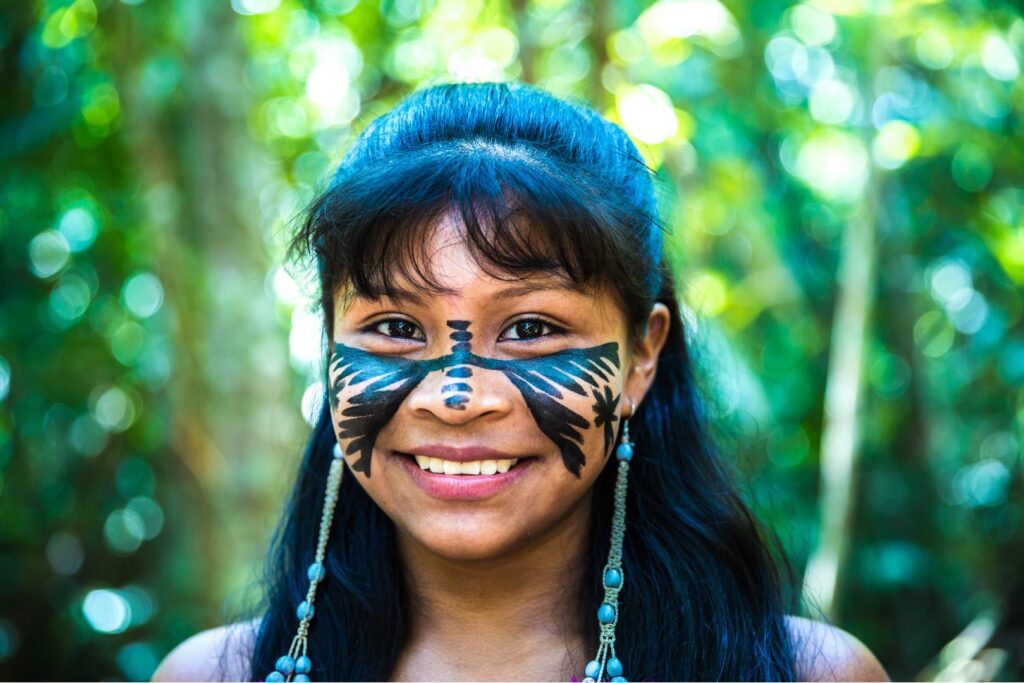
Cacau viagem no Brasil começa muito antes da chegada dos portugueses. Tribos indígenas da Bacia Amazônica, onde o cacaueiro (Theobroma cacao) é nativo, foram os primeiros a reconhecer o seu valor. Eles cultivavam a planta para sua feijão, que não foram comidos, como fazemos hoje, mas usado em bebidas e cerimônias religiosas. Essas tribos nativas compreendeu o significado de cacau, tanto em termos nutritivos e culturalmente, e este início do conhecimento, colocou as bases para a sua introdução em mais formal agricultura.
Quando os colonizadores portugueses chegaram no século 16, eles traziam cacau da agricultura para a região costeira do Brasil, particularmente na Bahia. O estado é quente e úmido, clima e solos férteis tornou uma localização ideal para cultivo de cacau. Pelo século 18, a Bahia tinha se tornado um importante centro de produção de cacau, impulsionando o Brasil na vanguarda do mundial de cacau comércio.
A Idade de Ouro do Cacau
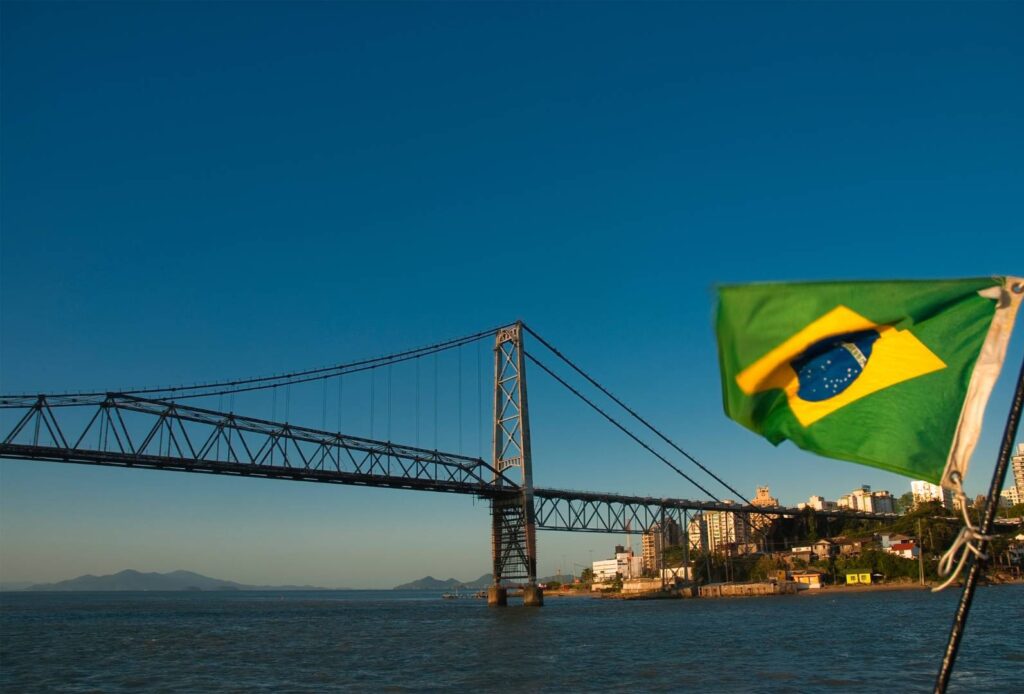
Durante o final do século 19 e início do século 20, a Bahia experimentou o que é muitas vezes referida como a "Idade de Ouro do Cacau." Plantações, ou fazendas, espalhou-se rapidamente por toda a região, e o Brasil se tornou um dos maiores produtores de cacau. A riqueza gerada a partir do cacau, ajudaram a moldar o cultural e o desenvolvimento de arquitetura de cidades como Ilhéus e Itabuna.
A produção de cacau no Brasil neste momento apoiava-se fortemente no trabalho manual, com milhares de trabalhadores, tendendo para as árvores e a colheita das vagens de cacau. A indústria era uma parte significativa da economia nacional, e Bahia, com sua influência como um cacau de potência continuado a crescer.
O Impacto Devastador de Bruxas' Vassoura
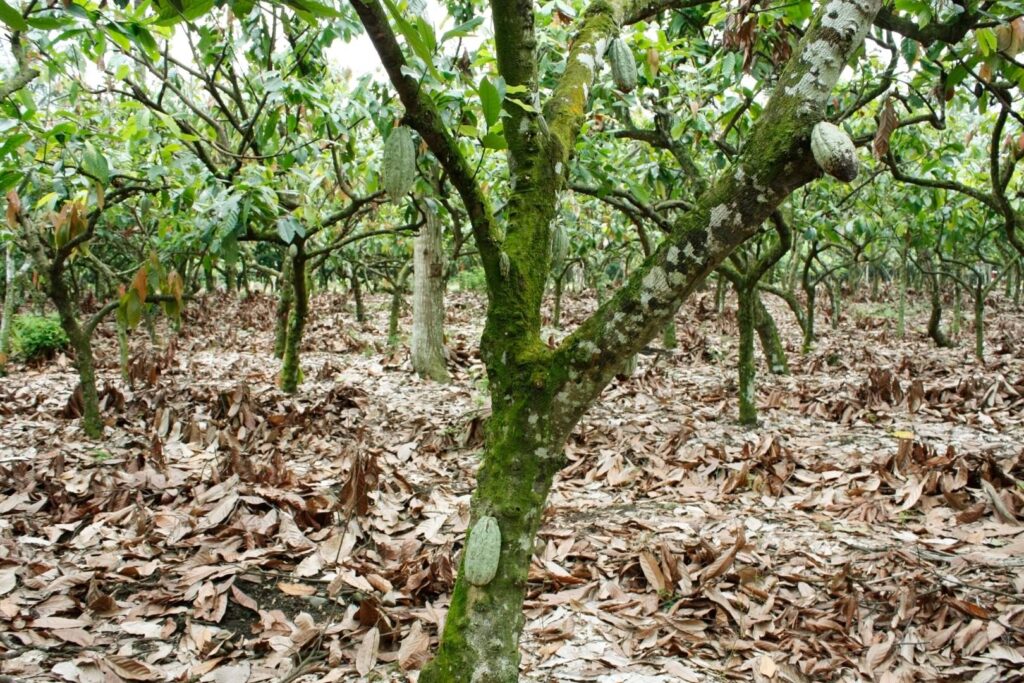
No final da década de 1980, no entanto, o Brasileiro cacau indústria foi atingido por um evento catastrófico: a propagação de Bruxas' doença Vassoura (Moniliophthora perniciosa). Esta infecção fúngica, o que distorce as vagens de cacau e as impede de se desenvolver corretamente, dizimou plantações em toda a Bahia. No seu auge, Bruxas' Vassoura causado Brasileira de cacau produção de baixaria por cerca de 75%.
A devastação levou à pobreza generalizada entre os agricultores de cacau e deixou muitas fazendas abandonadas. Era um sombrio capítulo no Brasil cacau história, com milhares de trabalhadores de perder seus meios de subsistência e as economias locais em colapso.
Uma Lenta E Constante De Recuperação
Enquanto as Bruxas' Vassoura crise foi catastrófica, o Brasileiro cacau sector tem vindo a recuperar, e essa recuperação foi impulsionada em grande parte pela ciência e inovação. Pesquisadores e especialistas em agricultura começou a trabalhar em variedades resistentes do cacau e explorar mais práticas agrícolas sustentáveis. Este foco no desenvolvimento de novo, mais resistentes variedades de cacau foi fundamental para trazer Brasileira de cacau produção de volta da beira do abismo.
Iniciativas do governo, ao lado privado e acadêmico parcerias, desempenhou um papel fundamental nessa recuperação. Universidades locais e internacionais, especialistas colaboraram para a raça doença de variedades resistentes, melhorar os métodos de produção agrícola, e incentivar a diversificação de culturas. A recuperação tem sido lenta, mas constante, com uma ênfase renovada na qualidade sobre a quantidade. Hoje, o Brasileiro cacau, os agricultores estão mais uma vez de competir no cenário mundial.
O Ressurgimento: Agricultura Sustentável e de Práticas Éticas
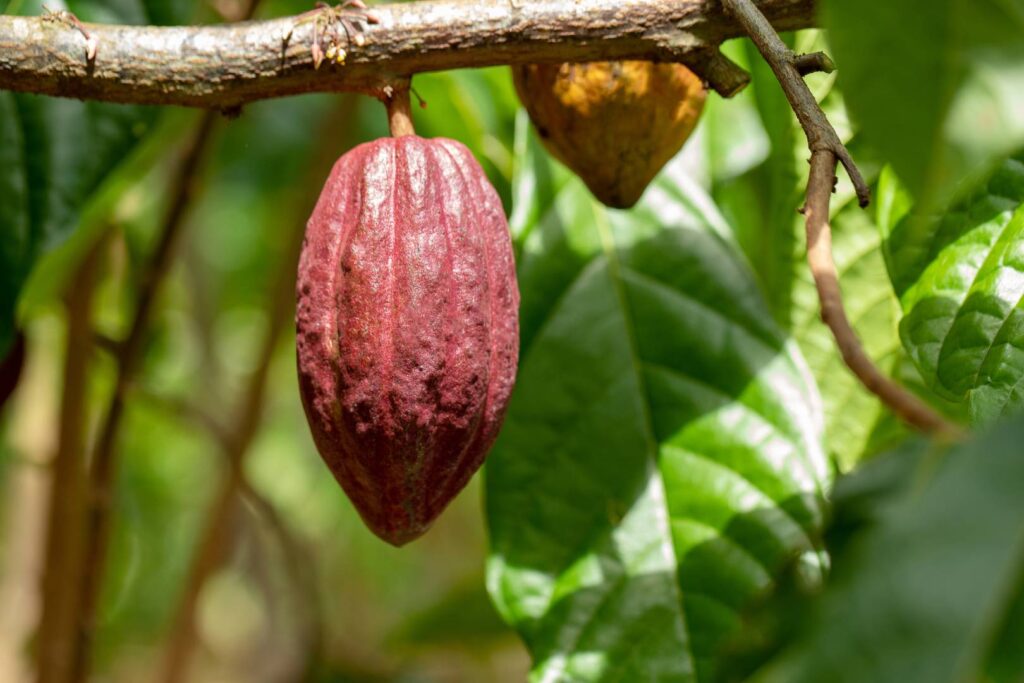
O brasil é o ressurgimento como um produtor de cacau não é apenas sobre a recuperação de Bruxas' Vassoura; trata-se de repensar toda a abordagem de cacau agricultura. O foco foi deslocado para mais sustentável, ambientalmente consciente métodos. Sistemas agroflorestais, que integra as árvores de cacau com outras espécies, ganhou popularidade como uma maneira de aumentar a biodiversidade e reduzir o impacto sobre o meio ambiente.
Práticas agrícolas sustentáveis, como usando adubos orgânicos (incluindo as de casca de coco-soluções de base) natural e métodos de controle de pragas, estão se tornando a norma. O uso de a agrosilvicultura, onde o cacau é cultivado ao lado de outras culturas, como bananas ou de árvores de borracha, também tem sido mostrado para melhorar o rendimento e a saúde do solo.
A experimentação e a Inovação
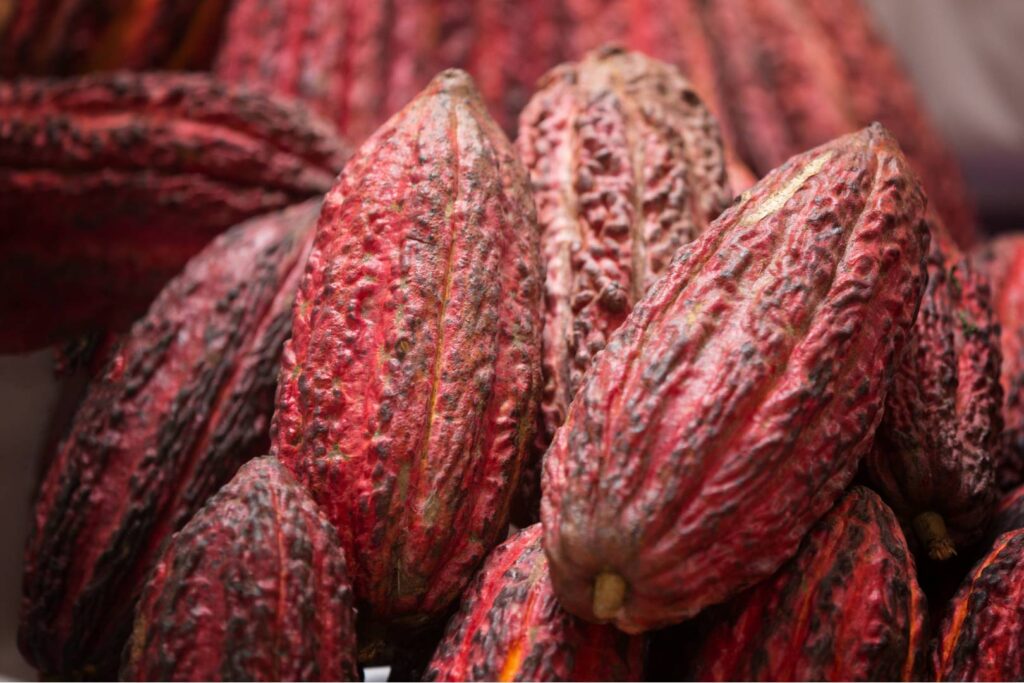
Nos últimos anos, o Brasil tornou-se um centro para o cacau, a inovação. Fazendas experimentais estão testando novas técnicas de fermentação, secagem métodos e resistência às doenças variedades de cacau. A Peirot, por exemplo, está na vanguarda deste movimento, usando agrícola de ponta da ciência para melhorar a qualidade e o rendimento das colheitas. Focando em pesquisa e desenvolvimento, fazendas, como a nossa, estão a ajudar o Brasil a recuperar o seu lugar como um importante player no mercado global de chocolate indústria.
Além disso, no Brasil os agricultores estão cada vez mais focado na produção de fino sabor de cacau, que é procurado por chocolate premium fabricantes ao redor do mundo. Esta mudança de rumo, de valor mais alto, o cacau tem sido fundamental para relançar o setor e proporcionar melhores rendimentos para os agricultores.
O Futuro do Cacau no Brasil
O futuro do cacau no Brasil parece promissor. O país está preparado para continuar a sua trajetória ascendente, particularmente como é colocada mais ênfase sustentável, ético práticas agrícolas. Muitos Brasileiros produtor de cacau são agora parte de iniciativas internacionais com foco na sustentabilidade, e o Brasil está desempenhando um papel cada vez mais importante no mercado global de cacau indústria.
Enquanto permanecem desafios—mudança do clima, em curso ameaças de doenças, e a volatilidade do mercado—há um crescente senso de otimismo. O ressurgimento da indústria de cacau no Brasil, é um testamento à resistência dos agricultores, pesquisadores e organizações dedicadas a fazer o cacau agricultura mais sustentável e equitativo.
Como o Brasil continua a reconstruir o seu cacau setor, há esperança de que as lições aprendidas com o passado o levará para um mundo mais sustentável e próspero futuro. Combinando a tradição com a inovação, o Brasil está mais uma vez de se tornar um jogador-chave no mundo do chocolate, e nós na Peirot são o orgulho de ser parte dessa emocionante novo capítulo.

